Windows 10 KB4551762 causes BSoD and thumb drive issues
3 min. read
Published on
Read our disclosure page to find out how can you help Windows Report sustain the editorial team. Read more
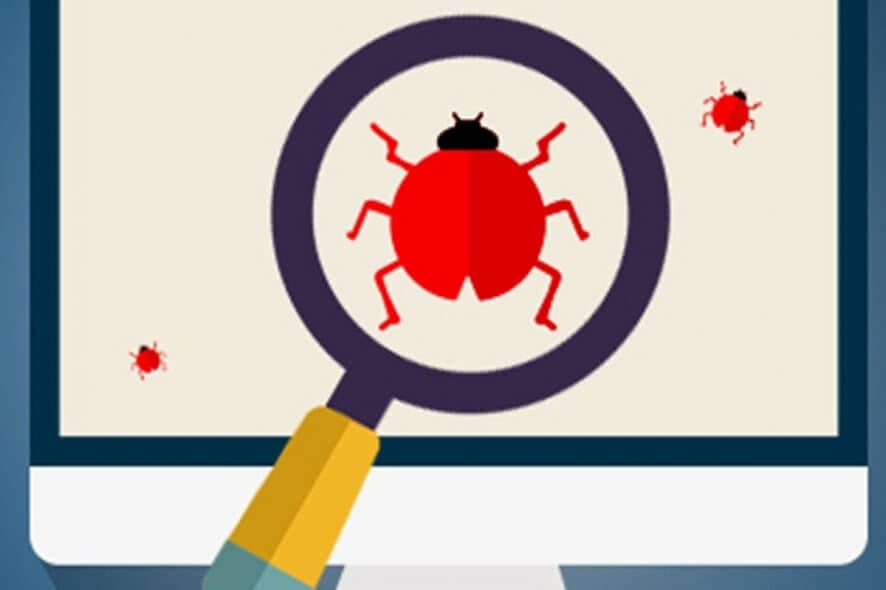
Microsoft frequently releases Windows 10 updates to deliver new improvements and security fixes as fastest as possible, to the delight of many users. But just like KB4551762, these upgrades do not always go as planned.
The company rolled out KB4551762 OS files on March 12, 2020 to fix the CVE-2020-0796 vulnerability it had inadvertently revealed earlier. The security issue affected the Microsoft Server Message Block 3.1.1 (SMBv3) protocol.
Ironically, the update is now attracting a barrage of complaints as users express their frustrations with its undesirable outcomes, such as the blue screen of death (BSoD) and audio complications.
Thumb drive failure
A security fix should not cause your USB flash drive to malfunction. But in the Microsoft Answers forum, one user complained that they could not use their thumb drive anymore after installing KB4551762.
The physical drive did not seem to be the problem there because the user tried using three of them that had not had any defect before.
The BSoD error and performance issues
Looking at all the issues that Windows 10 updates cause these days, PC crashes appear to be the common denominator. Multiple reports in the Windows 10 Subreddit can confirm this.
Worse still, the latest update is keeping people out of their own operating system. One user reported that they could no longer boot into Windows.
I only get BSOD, audio stuttering and other issues and on top of that I couldn’t even boot into Windows today.
Fortunately, the user utilized System Restore to take their PC back to its healthy status before updating.
Another Reddit user complained that their PC failed to boot past the welcome screen after installing updates KB4551762 and KB4540673.
After spending hours trying to login, I somehow managed to uninstall both the updates, rebooted, disabled and re-enabled HyperV but my system won’t go back to being normal.
All these issues have many Windows 10 users questioning the point of updating. They cannot even tell what update is compatible with what piece of hardware until after upgrading or midway through the process.
Yesterday, Microsoft announced that Windows 10 has reached 1 billion active monthly users. It attributed that growth to customer-focused feature design and development.
As such, more people have moved from having to use to loving the OS, the company claimed. Unfortunately, not every Windows 10 user shares this sentiment, especially with its erratic updates.
The only reliable workaround for now is to always back up your files and data before updating your PC.



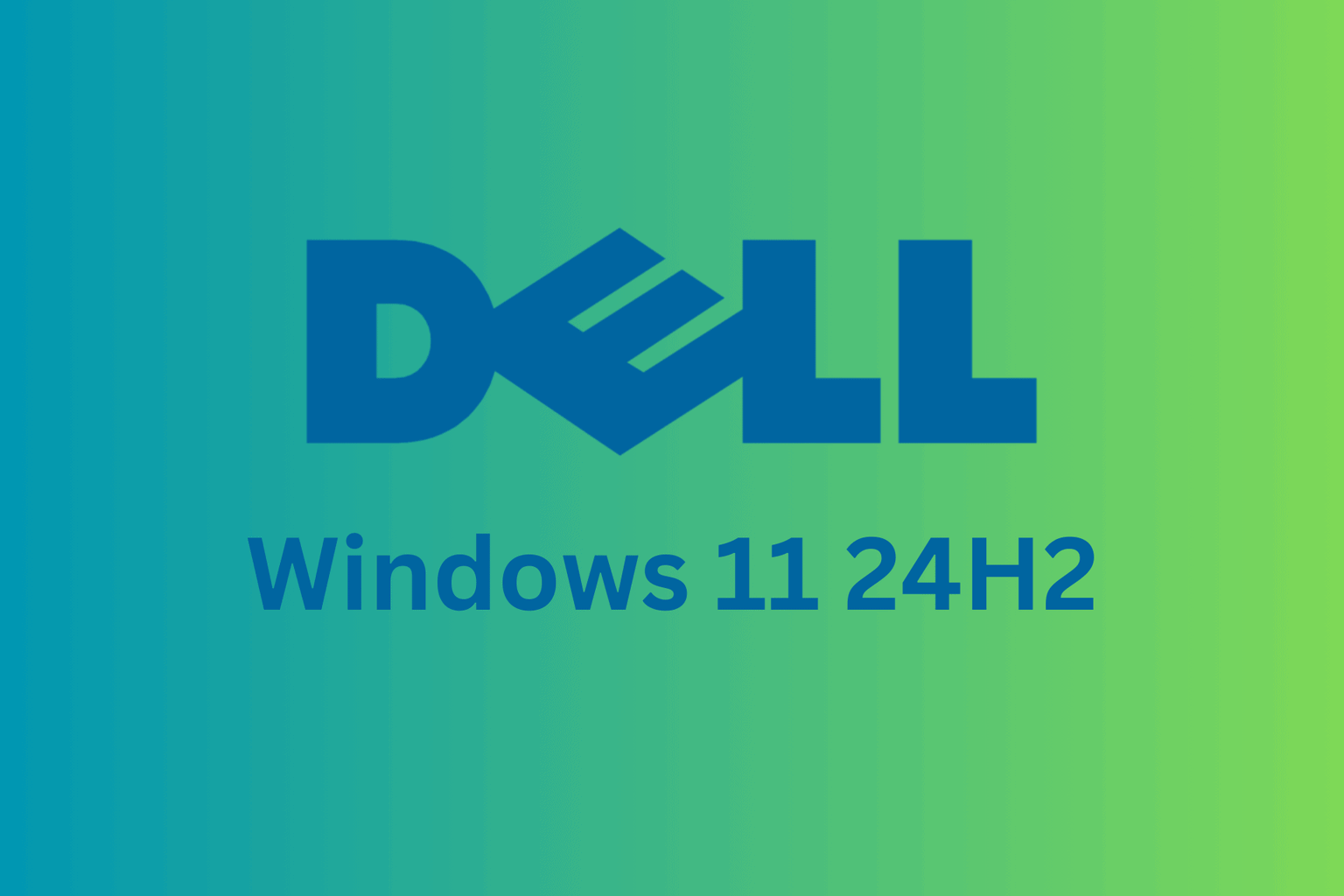
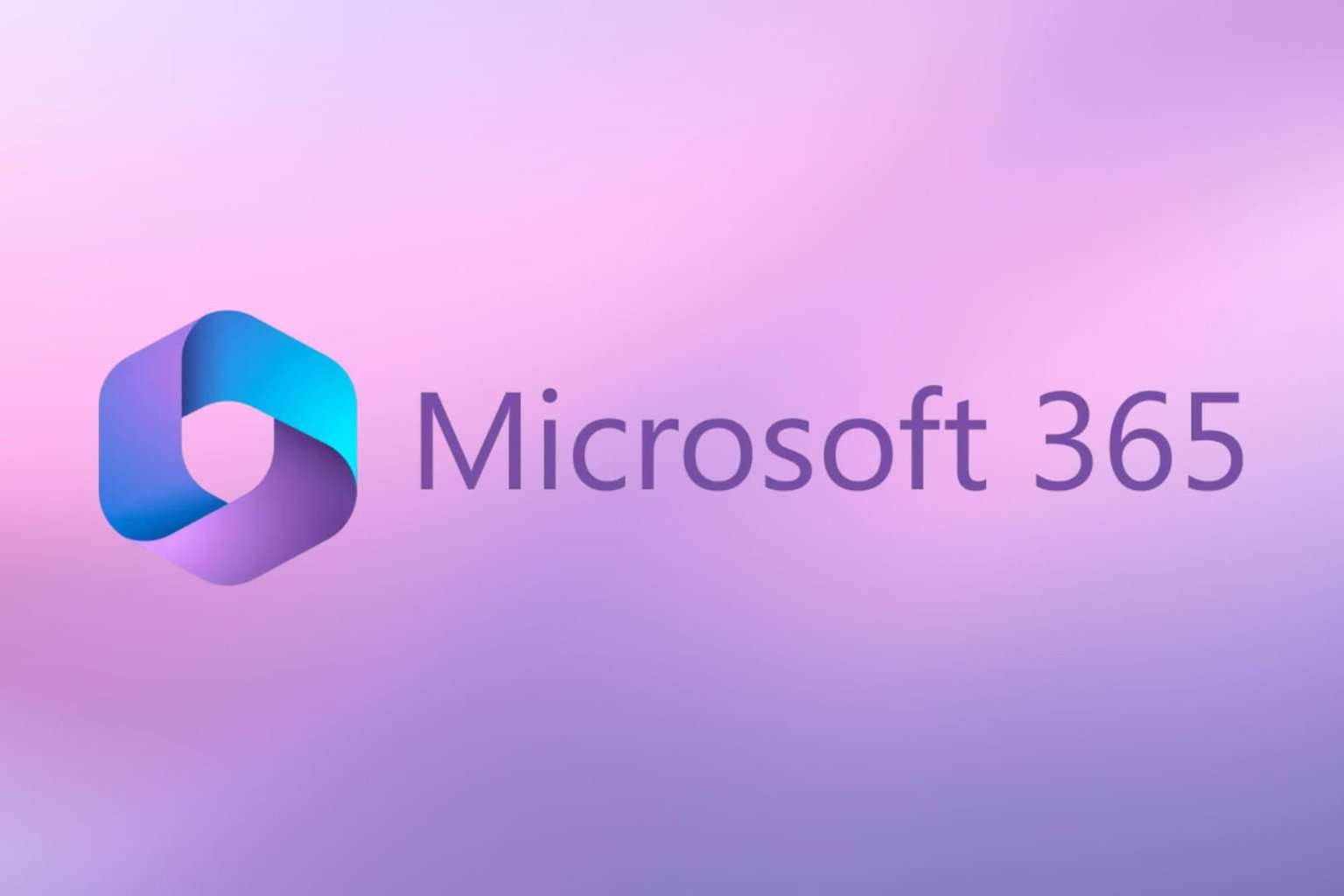

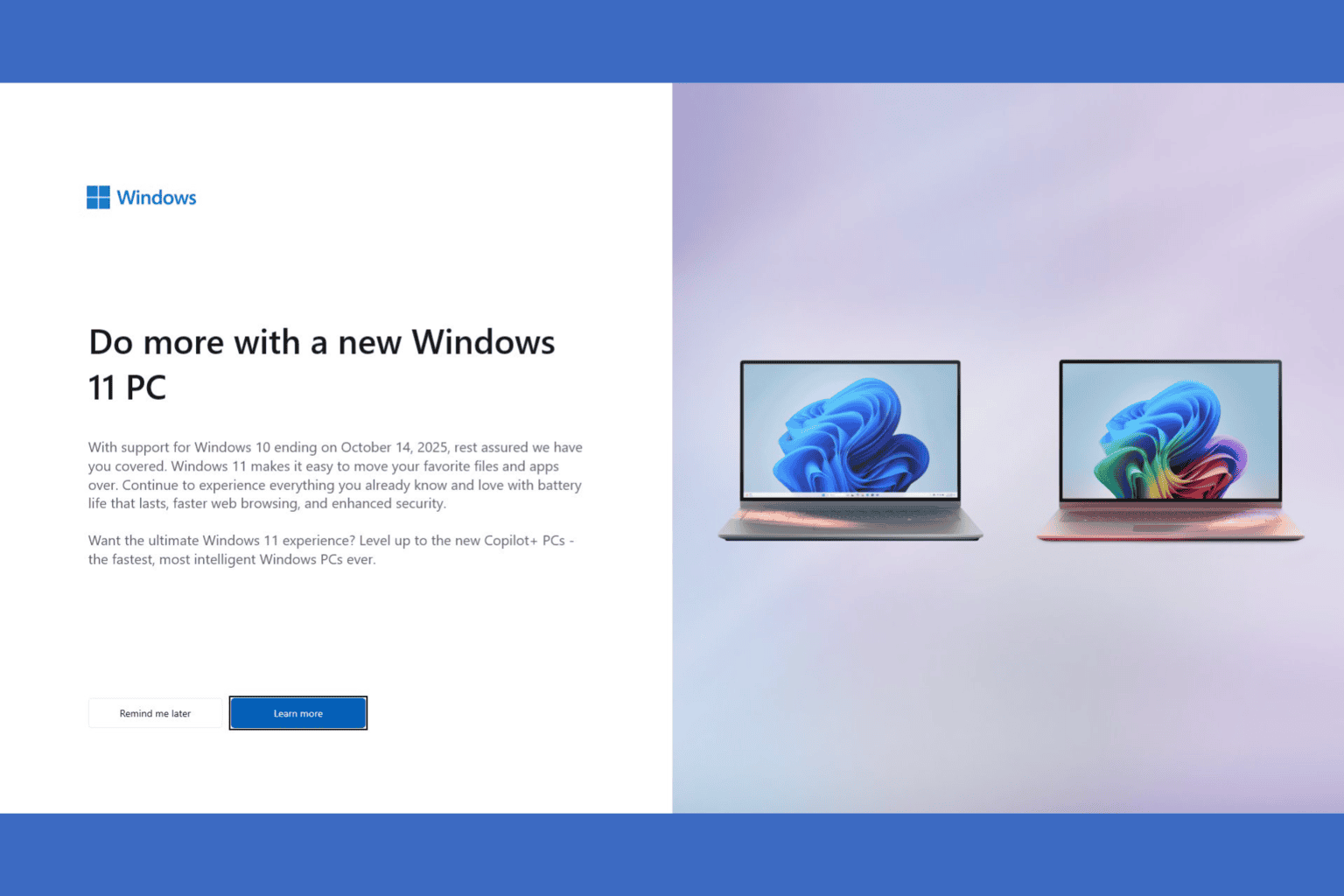
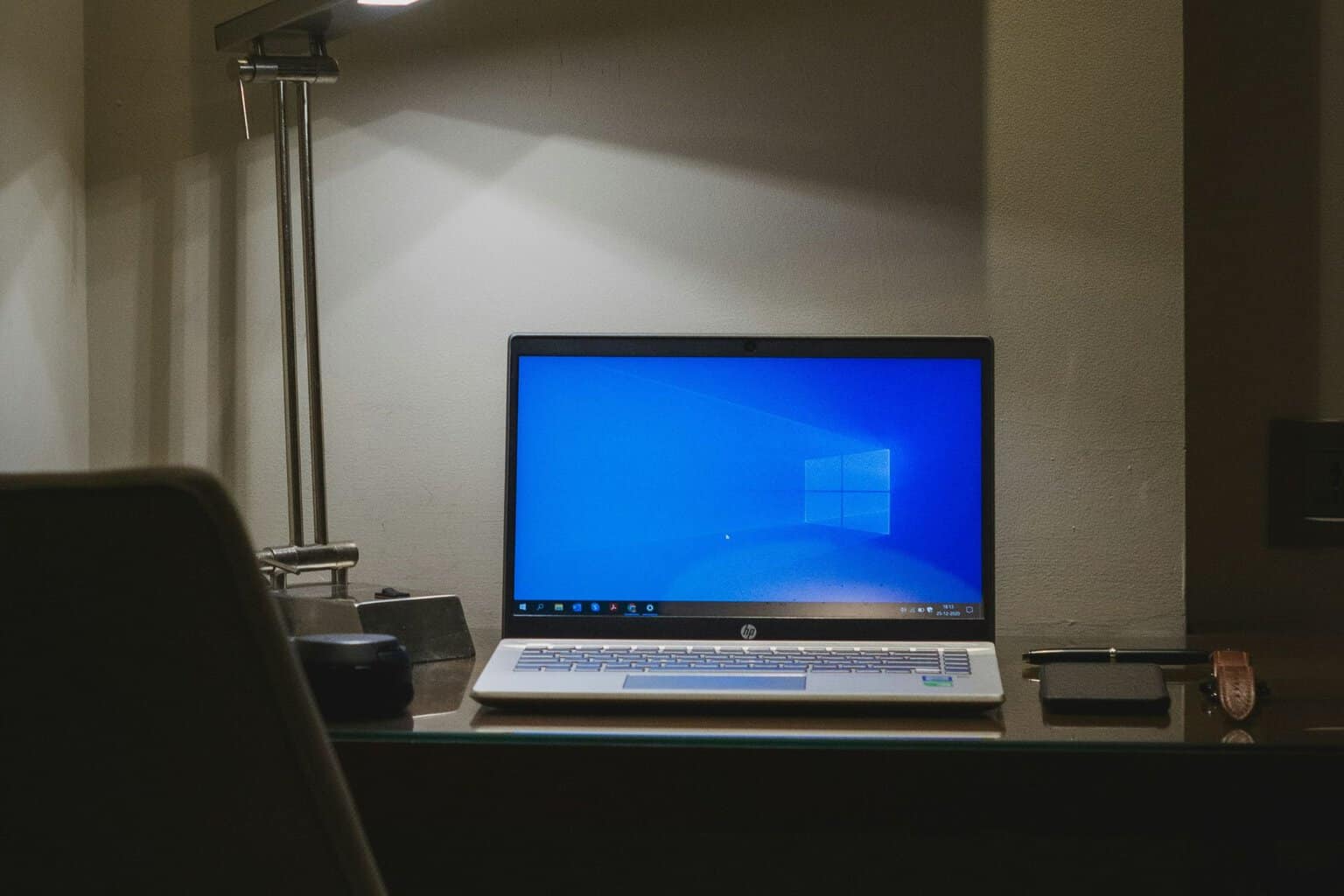
User forum
0 messages